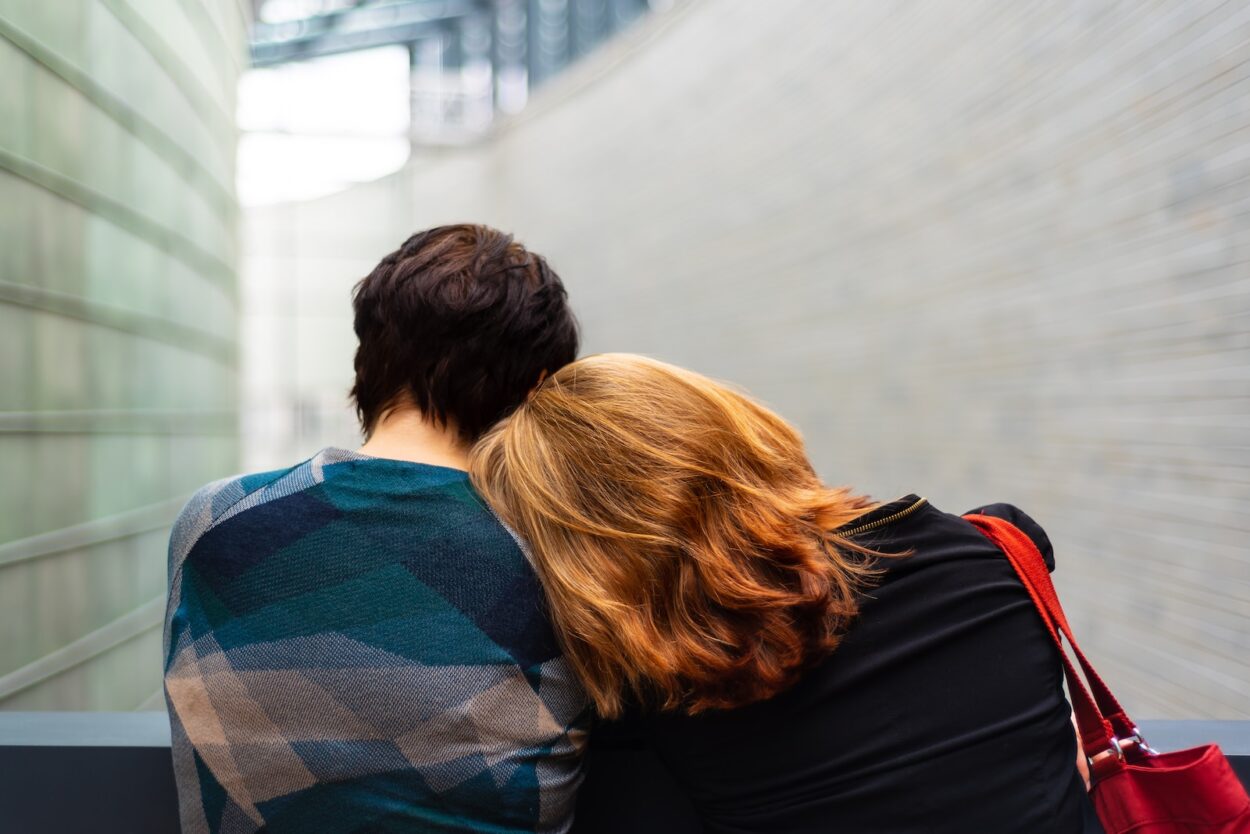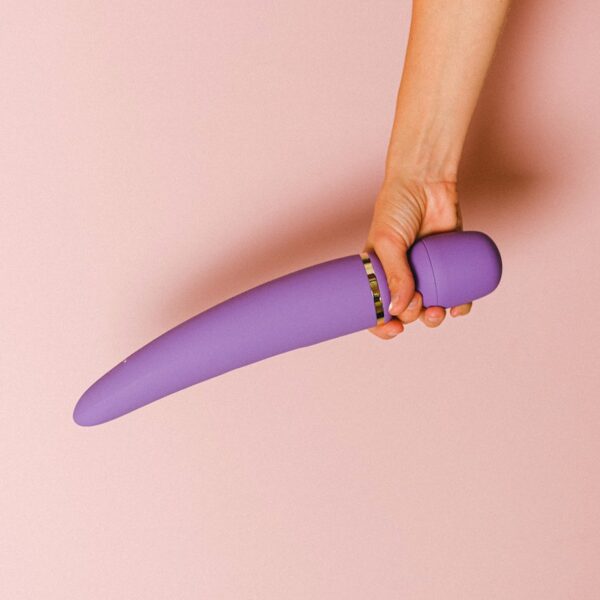Nonbinary lesbians are people who identify as a woman and love women. These individuals also belong to the LGBTQ2S+ community and fight heterosexism.
In the context of queer identities, Pink News’s article reignited an intracommunity debate about which labels make sense for whom. It’s a debate about the limits of gendered language, and the ways that gender-fluid experiences can intersect with gender-conforming identities.
Identifying as a nonbinary lesbian
Identifying as a nonbinary lesbian is challenging for many people. Gender identity is complex, and it can change over time. Using different pronouns and gender-specific language can be confusing for those who are new to the community. They may be afraid of being misgendered or stereotyped. Moreover, they may not be able to find someone who will support their gender identity.
Identifiers who are lesbian, butch, or transgender often face discrimination when searching for a partner online. While there are some dating apps that cater to the LGBT community, they still tend to box people into a gender binary. It is important for nonbinary people to be aware of the issues that they face when trying to find a partner.
The word “lesbian” refers to women who are sexually or romantically attracted to other women. However, this term was popularized in a period when nonbinary identity was not as well-known as it is today. It is also important to note that the term is used in conjunction with other terms such as butch, femme, and demi.
A lesbian is a woman who has a romantic and/or sexual orientation towards other women, although some men who engage in same-gender sexual activity may also define themselves as such. Lesbians who use he/him, she/her, or they/them pronouns are often perceived as trans men, and may experience a great deal of vitriol on social media. However, this is often due to a misinterpretation of the term “lesbian.”
Those who are lesbian but not cisgender often feel that their gender identity does not conform to society’s expectations. For example, a woman who feels disconnected from her feminine identity may consider themselves a butch lesbian. This type of non-conformity is similar to the experiences of trans people, but it also reflects the complexity of gender.
Identifying as a nonbinary person
Gender identity is an internal understanding of one’s gender, while gender expression is how that gender is presented in the world. For example, someone may appear feminine or masculine and have a mix of gendered characteristics. But that doesn’t mean they are nonbinary or lesbian. The best way to know if someone is nonbinary is to ask them.
It is important to understand that people can be both lesbian and nonbinary at the same time. In fact, lesbians have been identifying as nonbinary for as long as they have been attracted to women. While there is much debate around the term “nonbinary,” it can be helpful to keep in mind that a person’s gender is whatever they feel it is.
A nonbinary person can be a man or a woman and everything in between, or outside the binary altogether. It’s also important to note that a person’s gender can change throughout their lifetime. For example, a person who is cisgender at birth can become a transgender person later in life.
If you’re interested in learning more about nonbinary people, there are a number of websites that provide resources and support. You can also join an online community where you can meet other people who are nonbinary and discuss their experiences.
Some people choose to identify as nonbinary because they feel uncomfortable with the traditional cis-women definition of lesbianism. However, others find it empowering to be free from cisheteronormativity. For instance, the butch lesbian novel Stone Butch Blues features a character who disidentifies with womanhood but feels compelled to use the pronouns she/her and ze/hir in some contexts. The author of the book, Leslie Feinberg, also identifies as butch and writes using she/her pronouns in her personal and professional lives.
Identifying as a lesbian
Identifying as a lesbian can be a complicated experience. There are a lot of different terms to describe sexual orientation, and it can be confusing to know which one fits you best. You can use the acronym LGBTQIA+ to describe your sexual orientation, which includes lesbian, gay, bisexual, transgender, queer, and questioning. You can also use gender neutral or nonbinary to describe your identity.
Gender is a social construct that assigns a person to a male or female gender at birth. It is different from sex, which is an innate biological characteristic that is associated with the genital organs. People who are nonbinary often find comfort in a masculine or feminine gender, while others prefer to associate with both genders. The word lesbian is not a homophobic term, but it can be misconstrued as such by some people.
A lesbian is a woman who is romantically or sexually attracted to other women. This is a common definition of the word, but it does not include trans or nonbinary women. Some people who are not lesbians but are attracted to women may use the term gay to describe their sexual orientation. They can also use skoliosexual, which refers to a person who is attracted to both men and women.
Lesbianism has a long history of gender non-conformity. When women were first identifying as lesbian, they weren’t using the term gay. They used he/him pronouns, and some even referred to themselves as he/him lesbians. This was a sign of resistance against cis femininity and male-dominant culture, and it shows how lesbians have always been gender diverse.
Lesbians today are still fighting to break down gender norms. For example, a butch lesbian who uses he/him pronouns deserves the same respect as a cis feminine lesbian, and both are real lesbians. This is why it’s important to avoid the term “gay community,” as it does not accurately represent the diversity of the LGBTQIA+ community.




Leave a Comment